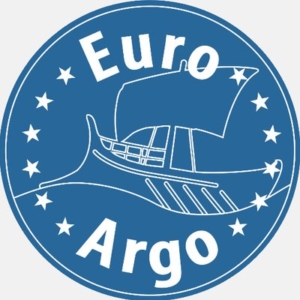 For the past decades, the fields of biological and biomedical imaging have been characterised by unprecedented levels of technological innovation. Technical breakthroughs have driven numerous discoveries and continue to provide exciting opportunities for advances in the life sciences. As a technology-driven research infrastructure, Euro-BioImaging ERIC strives to stay at the technological forefront by guaranteeing access to cutting-edge biological and biomedical imaging technologies. Together with our Nodes, users as well as partners from industry, we have developed a process to identify and assess new imaging technologies, to make sure our technology offer is constantly evolving to meet user needs. In July 2020, Euro-BioImaging launched its first Proof-of-Concept study to introduce – and assess under open access conditions – previously in Euro-BioImaging unavailable, novel imaging technologies. This process is an example of an effective cooperation between industry and research infrastructures for the benefit of science and technology, as Antje Keppler, Interim Section Director of the Euro-BioImaging Bio-Hub at the European Molecular Biology Laboratory (EMBL), explains.
For the past decades, the fields of biological and biomedical imaging have been characterised by unprecedented levels of technological innovation. Technical breakthroughs have driven numerous discoveries and continue to provide exciting opportunities for advances in the life sciences. As a technology-driven research infrastructure, Euro-BioImaging ERIC strives to stay at the technological forefront by guaranteeing access to cutting-edge biological and biomedical imaging technologies. Together with our Nodes, users as well as partners from industry, we have developed a process to identify and assess new imaging technologies, to make sure our technology offer is constantly evolving to meet user needs. In July 2020, Euro-BioImaging launched its first Proof-of-Concept study to introduce – and assess under open access conditions – previously in Euro-BioImaging unavailable, novel imaging technologies. This process is an example of an effective cooperation between industry and research infrastructures for the benefit of science and technology, as Antje Keppler, Interim Section Director of the Euro-BioImaging Bio-Hub at the European Molecular Biology Laboratory (EMBL), explains.
How does Euro-BioImaging include new technologies in its portfolio?
Euro-BioImaging is the European landmark research infrastructure for biological and biomedical imaging as recognised by the European Strategy Forum on Research Infrastructures (ESFRI). All scientists, regardless of their affiliation, area of expertise or field of activity can benefit from Euro-BioImaging’s pan-European open access services. Euro-BioImaging has developed a multi-step process to identify high-impact imaging technologies that can be used in an open-access model to meet user needs. New technologies which are currently not offered by any of the Euro-BioImaging Nodes, can enter this process in three different ways. First, regular surveys with users and other stakeholders identify technology needs in a specific user community. Second, experts at our Nodes may identify previously unavailable technologies. And third, industry partners may suggest and present new technologies that would be of interest to the biological and biomedical imaging community.
A public showcase for community validation
Showcases can be submitted by any public research institute that allows open access to the presented imaging technology. The showcasing process is designed to show that the new technology fulfils two crucial criteria – user need within the community and feasibility of use of the technology for external users in open access mode. Submitted showcases are then reviewed internally and more information on the suggested technologies is gathered by the Euro-BioImaging Hub staff before technologies enter the Proof-of-Concept phase.
Proof-of-Concept study with Euro-BioImaging users
Once a technology successfully passes showcasing by providing sufficient evidence of the above- mentioned criteria, the technology can enter the Proof-of-Concept study. To be part of the Proof-Of-Concept study, a technology must be hosted by a Euro-BioImaging Node, one of 20+ internationally renowned imaging facilities across Europe offering open access to imaging services via Euro-BioImaging. During the one-year Proof-of-Concept study, the technology will be a provisional part of the Euro-BioImaging technology portfolio and allowing users to access it. Once the Proof-of-Concept study is concluded, the technology gets evaluated by the Euro-BioImaging Scientific Advisory Board (SAB) based on the user benefits it offers, feedback from the Nodes and usability.
How does industry participate?
We strongly encourage our industry partners to present their newly developed technologies to Euro-BioImaging and submit them to our assessment process. To do so, the respective companies must ensure that their technology is available for use by external users at a public institute during showcasing, and at one of the Euro-BioImaging Nodes for the Proof-of-Concept study. The big advantage of participating with a newly developed technology in this procedure for our industry partner is the exposure to new user bases that Euro-BioImaging offers.
Martin Tewinkel, Chair of the Euro-BioImaging Industry Board, says: “Our companies recognize the added value of a European imaging infrastructure for driving the interaction between instrument manufacturers and European researchers via the imaging facilities as key user platforms. Commonly, we can more efficiently develop and test new technologies tailored to the actual needs of the scientific community.”
How does a technology gain the Euro-BioImaging stamp of approval?
During the Proof-of-Concept study a wide range of users from many different institutes are made aware of the new technology through Euro-BioImaging and our Nodes. This multiplicator-effect can be very useful, especially in spreading the word about technologies relying on novel concepts.
The technology will have been exposed to thorough real-world use tests in a wide range of user projects and industry partners can benefit from the assessment and feedback provided by the highly experienced expert staff at our core facilities. If successful in the final SAB evaluation, at the end of this process the new technology will have the Euro-BioImaging stamp of approval for open access in this ESFRI research infrastructure.
An ever-expanding technology offer
By suggesting new technologies for a Proof-of-Concept study, our industry partners play an important role in expanding our technology portfolio. In turn, research infrastructures contribute to validating and popularising break-through technologies. In our current Proof-of-Concept study, six technologies are eligible for approval, representing a significant expansion of the Euro-BioImaging technology portfolio. In future, we count on our industry partners to showcase break-through technologies and actively participate in this process. This unique collaboration is a win-win situation for industry and research infrastructures.
View our technology portfolio: https://www.eurobioimaging.eu/service
Please contact us to learn more: info@eurobioimaging.eu
About Euro-BioImaging
Euro-BioImaging is the European landmark research infrastructure for biological and biomedical imaging as recognised by the European Strategy Forum on Research Infrastructures (ESFRI). Our statutes provide for a Euro-BioImaging Industry Board advisory panel, composed of highly qualified experts from relevant companies, which provides advice to the Euro-BioImaging Directorate on any industry relevant needs or initiatives. By facilitating user access to high quality imaging facilities, resources and services, with a constantly evolving technology offer, Euro-BioImaging will boost the productivity and impact of research across Europe.
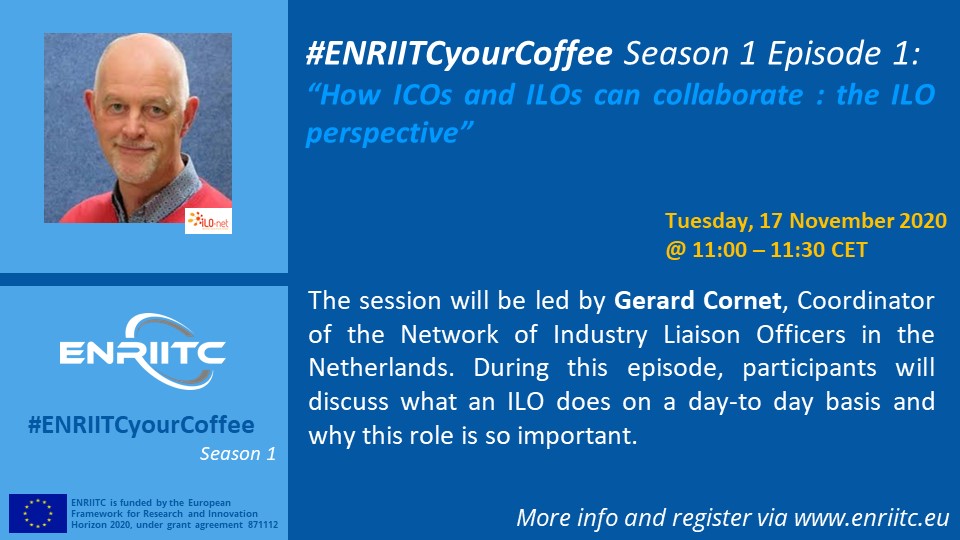
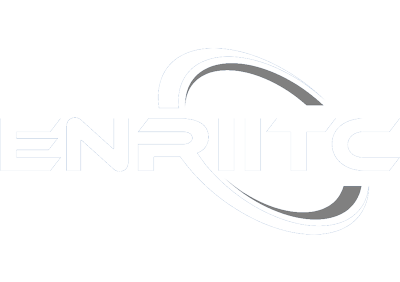
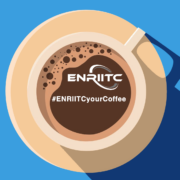
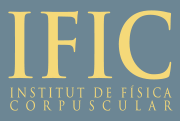
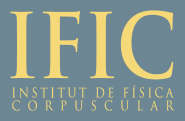 The University of Valencia has awarded the position of “visiting researcher” to prof. Hitoshi Yamamoto of Tohoku University in Japan. Prof. Yamamoto’s candidacy was proposed by
The University of Valencia has awarded the position of “visiting researcher” to prof. Hitoshi Yamamoto of Tohoku University in Japan. Prof. Yamamoto’s candidacy was proposed by 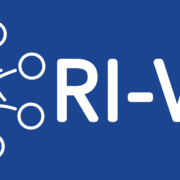

 For the past decades, the fields of biological and biomedical imaging have been characterised by unprecedented levels of technological innovation. Technical breakthroughs have driven numerous discoveries and continue to provide exciting opportunities for advances in the life sciences. As a technology-driven research infrastructure, Euro-BioImaging ERIC strives to stay at the technological forefront by guaranteeing access to cutting-edge biological and biomedical imaging technologies. Together with our Nodes, users as well as partners from industry, we have developed a process to identify and assess new imaging technologies, to make sure our technology offer is constantly evolving to meet user needs. In July 2020, Euro-BioImaging launched its first Proof-of-Concept study to introduce – and assess under open access conditions – previously in Euro-BioImaging unavailable, novel imaging technologies. This process is an example of an effective cooperation between industry and research infrastructures for the benefit of science and technology, as Antje Keppler, Interim Section Director of the Euro-BioImaging Bio-Hub at the European Molecular Biology Laboratory (EMBL), explains.
For the past decades, the fields of biological and biomedical imaging have been characterised by unprecedented levels of technological innovation. Technical breakthroughs have driven numerous discoveries and continue to provide exciting opportunities for advances in the life sciences. As a technology-driven research infrastructure, Euro-BioImaging ERIC strives to stay at the technological forefront by guaranteeing access to cutting-edge biological and biomedical imaging technologies. Together with our Nodes, users as well as partners from industry, we have developed a process to identify and assess new imaging technologies, to make sure our technology offer is constantly evolving to meet user needs. In July 2020, Euro-BioImaging launched its first Proof-of-Concept study to introduce – and assess under open access conditions – previously in Euro-BioImaging unavailable, novel imaging technologies. This process is an example of an effective cooperation between industry and research infrastructures for the benefit of science and technology, as Antje Keppler, Interim Section Director of the Euro-BioImaging Bio-Hub at the European Molecular Biology Laboratory (EMBL), explains.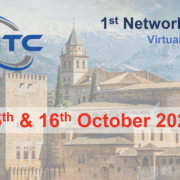
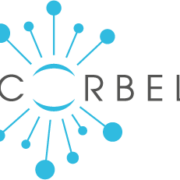
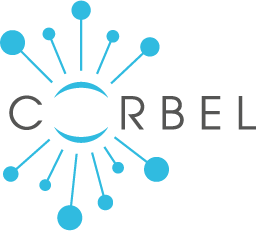 The CORBEL programme which aimed to enhance the interaction between 13 biomedical research infrastructures (RIs) has formally ended on 31st May. Nonetheless, measures have been put in place to continue to capture the value of key elements and to share best practice both within the biomedical consortium as well as outside.
The CORBEL programme which aimed to enhance the interaction between 13 biomedical research infrastructures (RIs) has formally ended on 31st May. Nonetheless, measures have been put in place to continue to capture the value of key elements and to share best practice both within the biomedical consortium as well as outside.
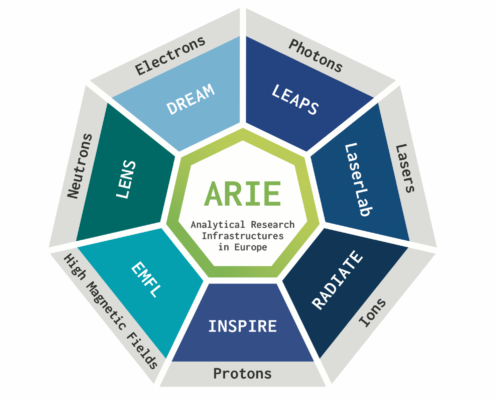
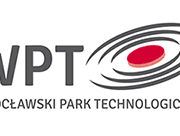

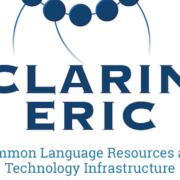
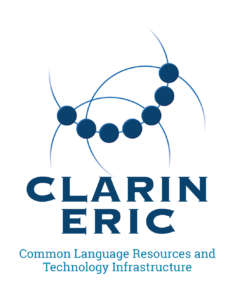 the construction and operation of CLARIN across Europe, as well as for representatives of the communities of use in the humanities, and social sciences. For more information on the conference, please visit the CLARIN website
the construction and operation of CLARIN across Europe, as well as for representatives of the communities of use in the humanities, and social sciences. For more information on the conference, please visit the CLARIN website 
